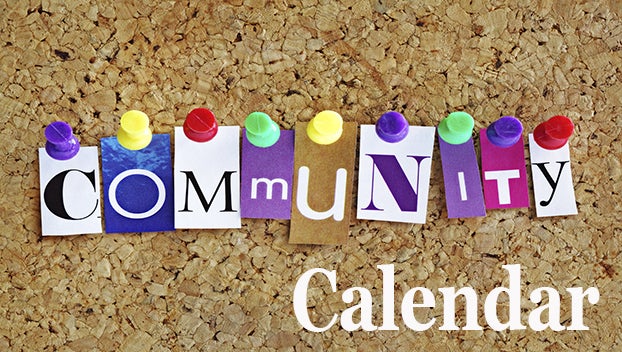Kiwanis, area banks learn about counterfeits
Published 9:58 am Thursday, May 3, 2012
Employees of banks from around the county were on hand for the Kiwanis Club’s weekly meeting, where Special Agent Clayton Slay of the U.S. Secret Service spoke about identifying counterfeit money.
Slay is the Resident Agent in Charge of the Montgomery Resident Office, and he has been a member of the Secret Service for 17 years.
Slay began the program by noting that U.S. Currency has never devalued, so money printed at the beginning of the 20th century is still spendable.
“Our money stayed about the same until 1996,” he said. “That’s when they started putting the security strip in the notes, and Congress said that every 7-10 years new features would be added.”
At the end of the 2009 fiscal year, there was an estimated $893 billion in U.S. currency in circulation, along with $69 million in counterfeits.
Slay discussed the two methods is producing counterfeit money, traditional printing and digital printing.
“In 17 years, I’ve only helped take down one traditional counterfeit operation,” he said.
Part of the reason traditional counterfeiting is scarce is because of the equipment and skill needed.
Offset presses, special inks and skill in engraving plates are required for traditional methods, but Slay said that almost all counterfeiting today is from digital printing and copiers.
“It takes no skill whatsoever,” said Slay, who added that anyone can buy a color copier and copy a bill on both sides with no regard for security measures.
“Most counterfeit money is not caught until it gets to the bank,” he said. “It’s a hard battle to fight.”
Slay said that many of the traditional counterfeits seen today are produced in Columbia and Peru, where counterfeiters will bleach a $5 bill and use offset printing to re-print it as a $100 bill.
“These are very, very good counterfeits,” he said.
One of the first tip-offs about a counterfeit is the feel of the paper. U.S. currency is printed on a cotton and linen blend of paper, which has a distinctive feel.
An embedded security thread will also have information about the denomination of the bill, along with a watermark of the president’s face.
All bills also have small red and blue fibers in the paper.
“If the bill has that, it’s very likely that it will be genuine,” Slay said.
“Digital counterfeits are a lot easier to detect,” he said. “The quality varies, and there’s often no attempt to simulate the security measures.”
Slay also talked to employees of local banks about a government website where institutions can enter a bill’s denomination, series, year and other information to see if it’s a known counterfeit bill.
A new $100 bill is scheduled to be released soon, but Slay said there had been problems with the production, and it was unknown when it would actually enter circulation.
For more information about the redesigned currency and its security features, visit www.newmoney.gov or www.moneyfactory.com/newmoney.





